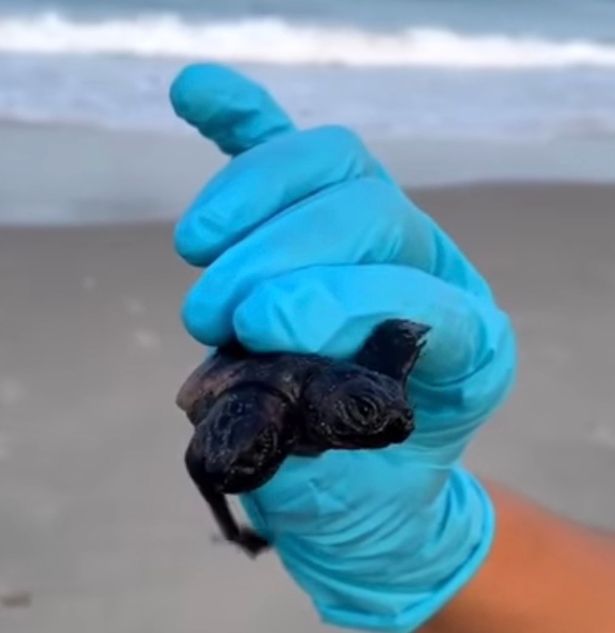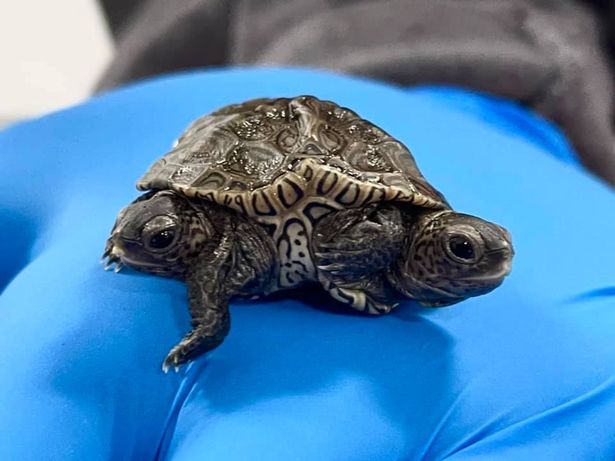A turtle that was born with 2 heads and 6 legs in Massachusetts, USA, is currently doing well despite the fact that such rare animals don’t survive that much long.
The turtle was born 2 weeks ago.
The fact that its breed, which is the diamondback terrapin, is already rare and that it has a genetic anomaly, has made the animal more rare.
The turtle has its 2 heads working separately, said a report by USA Today.

The staff that is looking after the turtle said that it is also feeding well and is enjoying a diet of blood worms and food pellets.
The turtle is currently at the Birdsey Cape Wildlife Center in Massachusetts.
Experts said that the turtle is similar to conjoined twins in humans.
During an interview with the Fall River Reporter, the experts said:
They share parts of their body, but also have some parts that are independent. In this case, they have two heads and six legs. On admission, both sides were very alert and active and our veterinary team was eager to learn more about them.
The sad part is that these types of animals don’t live for that long.
According to the carers of the turtle, such animals often die early because they are suffering and they have a hard time eating.
The New England Wildlife Center said:
They have been in their care for just over two weeks and continue to be bright and active. They are eating, swimming, and gaining weight each day. It is impossible to get inside the heads of these two, but it appears that they work together to navigate their environment.
The center said that they are going to monitor the turtle and make sure that they are helping it to live a comfortable life.

They are also trying to make sure that the animal has control over their legs and could coordinate properly so they could swim and breathe.
The center also revealed that a CT scan is going to be carried out after 4 weeks to know how the brains of the turtle are linked and how they are working.
The officials noted that the turtle came from a head start scheme, where researchers moved the egg away from a dangerous location with hopes of hatching it and releasing it in late spring.